I have used Amazon affiliate links on this page. As an Amazon Associate, I earn a commission from qualifying purchases at no added cost to you. Thank you!

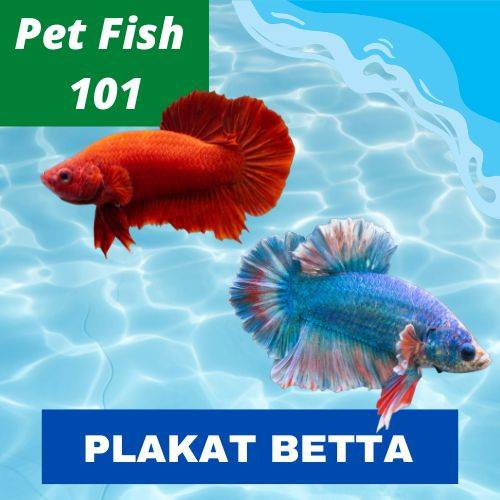
A less well-known variation of the famous Betta fish is called a Plakat Betta. Plakat betta fish have a less pronounced tail and a more substantial build, making them look much more like their wild counterparts. The Chao Phraya River in Thailand has the highest concentration of plakat bettas, which are endemic to the Mekon basin of Cambodia, Vietnam, and Thailand.
Plakat Bettas are more popular for fish fighting. All around Southeast Asia, but particularly in Thailand, they are raised, especially for sport fish fighting. It is not illegal to raise them as fighting fish in that part of the world, which is really concerning for all the fish hobbyists.
Plakat means “biting” in their language. Hence, they are referred to as plakat mohr in Thailand. In order to move more swiftly and protect themselves from oponont bites, they have shorter fins than regular bettas. Hence, this alludes to the Plakat Betta’s fierce inclinations to attack and engage in combat with other fish of its kind, particularly when two males are housed in the same tank.
Table of Contents
Basic Information About Plakat Betta FIsh
| Order: | Anabantiformes |
| Family: | Osphronemidae |
| Genera: | Betta |
| Temperament: | Aggressive towards the same species specially to the same gender and calm towards bottom dwellers. |
| Care Level: | Easy to Moderate |
| Color: | Various colors and depends on the single specimen |
| Size: | 3 inches |
| Lifespan: | Around 3 years to 5 years |
| Diet: | Carnivore |
| Minimum Tank Size: | 5 to 10 gallons |
| Aquascape: | Freshwater habitat with plants and caves to hide |
Plakat Betta Natural Habitat
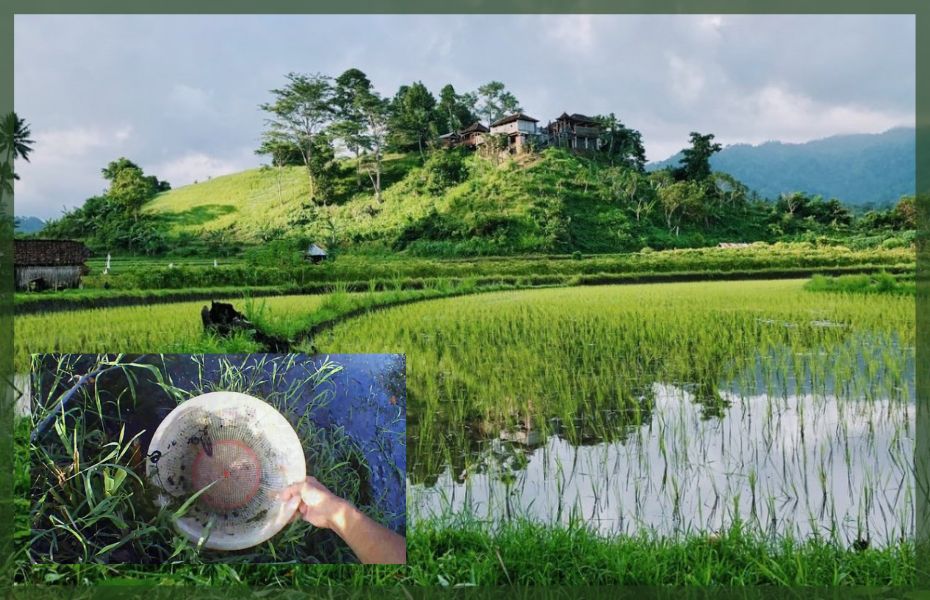
Plakat Bettas inhabit slow-moving bodies of water, most frequently in ditches, floodplains, marshes, and rice paddies. The fish may eventually settle into puddles during the dry season. Betta fish have gills as well as a labyrinth organ that allows them to breathe atmospheric air in water that lacks oxygen, enabling the fish to thrive in this harsh environment.
Appearance & Behavior
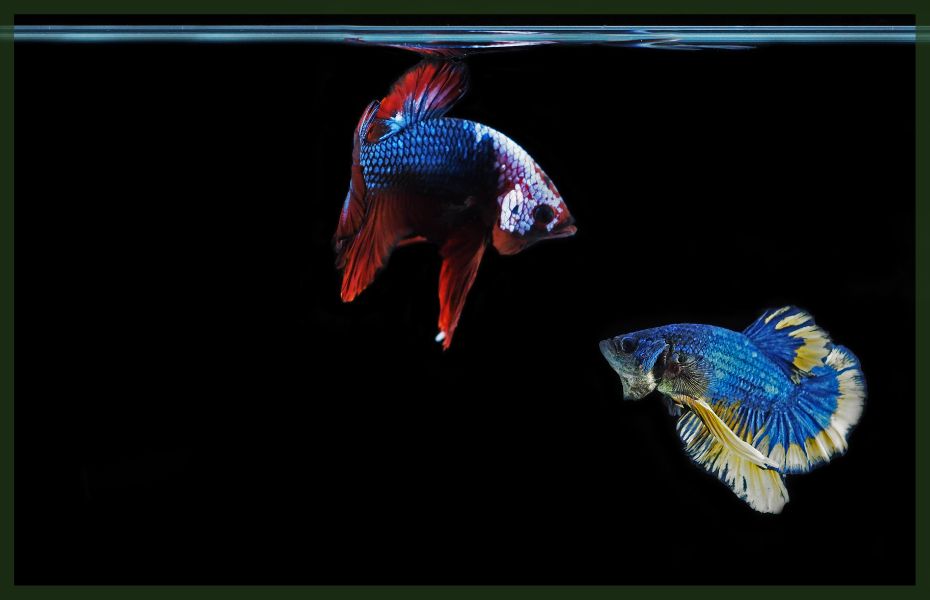
The majority of bettas are aggressively territorial creatures, therefore if another fish approaches too close, they will protect their own territory. It is advised to only have one plakat betta per tank since they are more aggressive than other betta kinds because they were bred for fighting. The middle and top levels of the aquarium are often where you may find them. Since they have a labyrinth organ that can absorb oxygen from the air, they may occasionally swim to the surface to breathe.
The fish will often begin by elevating their gills. They have the ability to flare their gills to resemble a mane. The fish seems larger and more scary as a result. The fish will then start charging and biting you after that!
Plakat bettas may leap from one puddle to another in pursuit of food, to elude other males, or to locate mates. They have also evolved into amazing jumpers. Make sure to pick a tank with a tight-fitting lid since fish housed in tanks can also leap!
Body Shape
The Plakat Betta is rounder and stockier in form compared to the delicate Betta Splendens, which are narrow and torpedo-shaped. The toughness and capacity for ferocious combat of the fish are greatly affected by this variation in body structure.
Fins
Plakat Bettas are also raised for the durability of their fins. That is, in contrast to long-finned Betta fish, the Plakat Betta maintains the majority of its natural finnage. The fins of plakat bettas are short and thick. These make it challenging for rival fish to bite and grab the Plakat Betta’s fins. Additionally, these small fins are substantially more resistant to illnesses like fin rot.
Like the common Betta, Plakats have sword-like pelvic fins, elongated anal fins, and a fan-shaped dorsal fin on the lower back. But compared to the flowing fins of conventional bettas, the tailfin is notably shorter.
The reduced size makes it harder for opponents to destroy the fins. In addition, there are visible rays on the dorsal and tail fins. Consequently, they are powerful!
The most distinguishable Plakat Betta fish are the males. Female plakat betta still have eye-catching fins and are multicolored. They are often considerably smaller, though. Because of this, males are often the preferred choice for aquarists.
Head Shape
The skulls of plakat bettas are clearly tapered. Their lower jaw has an upward curvature that forms a lethal hook. In contrast to their longer-finned cousins’ elegant head profiles, this gives them a more dangerous aspect.
Plank Betta Varieties
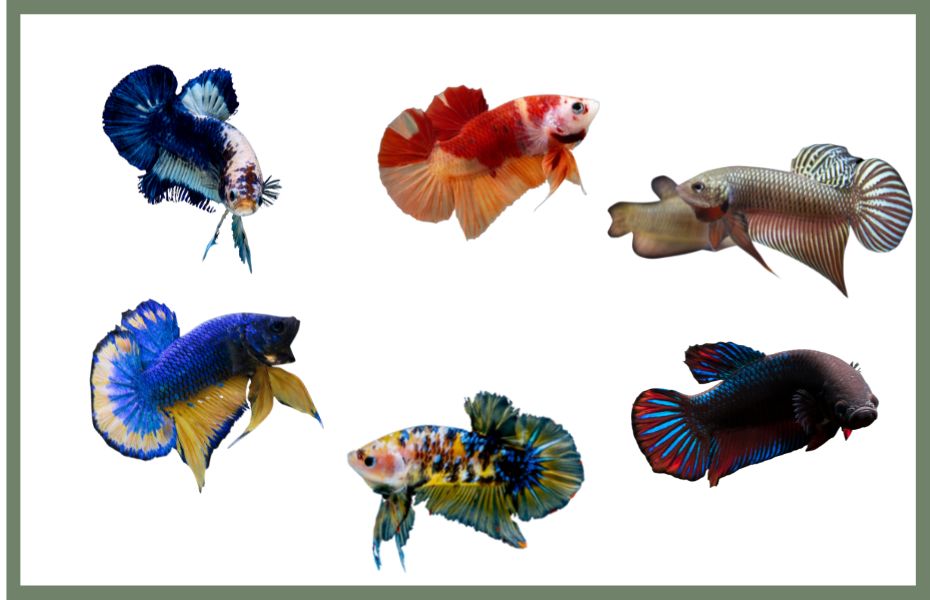
In addition to the typical Plakat Betta, other variations include Spoonhead and Snakehead.
Snakehead Plakat fish are wider and longer. Additionally, the fins are smaller, giving the body a snake-like appearance that is ideal for aggressive combat.
Spoonhead plakat (Plakrai) anal and ventral fin lengths are often longer in betta. Additionally, they have a sharp mouth curvature that is perfect for assaults.
Plamor Plackats are thought to be slower than Plachons but just as tough because of their small body and head form.
Because they are a cross between a wild and line-bred fish, plasang plakats are frequently smaller than other varieties.
Some Plakat Bettas are developed primarily for aesthetic appeal as opposed to physical strength. The Halfmoon Plakat Betta and the Crown Tail Plakat Betta are two examples of this type of betta fish. These [lakats have fan-like tails that can expand out to an astounding 180 degrees and can be either spherical or spiky.
Koi Betta Vs Plakat Betta
Although Plakat Bettas and Koi Bettas are both members of the Betta Splendens family, there are a few minor variations between the two fish species. Compared to other Betta fish kinds, plakat Bettas have been developed to have smaller, more maneuverable fins and tails. The majority of Betta fish species will have very varied coloring, ranging from beautiful blue tones to deep crimson hues. Plakat Bettas frequently have more consistent body coloring, but their fins and tails frequently have strikingly different hues. Koi Bettas will have more varied color marbling on their bodies, fins, and tails.
The recommended size of the aquarium for plakat betta fish
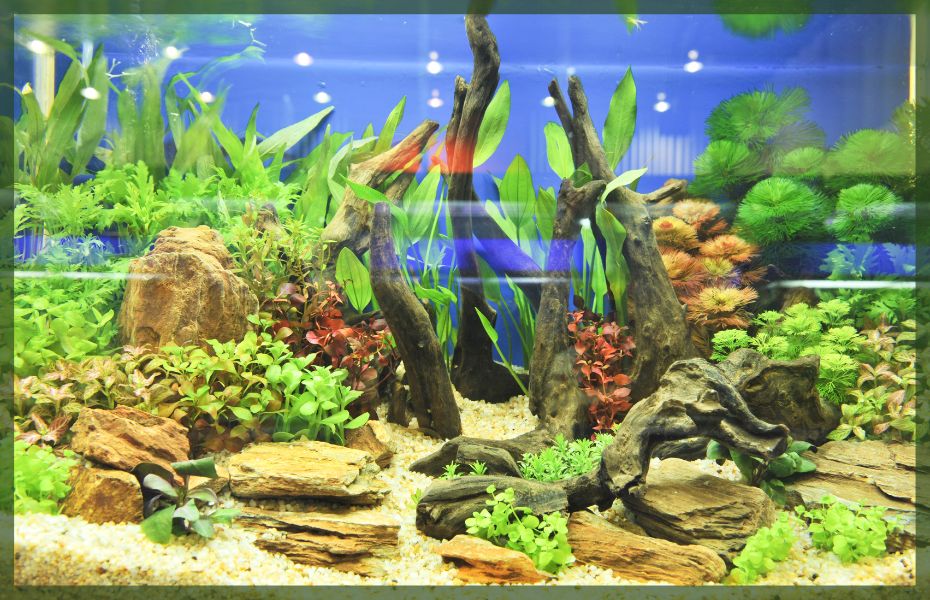
The idea that Plakat Bettas may be housed in the tiniest fishbowl or container is one of the most widespread myths among aquarists. Even though the average Plakat Betta only grows to a length of two to three inches, this does not guarantee that they will flourish in a constrained environment. The consensus among Plakat specialists is that a 5-gallon to 10-gallon tank will provide an individual with adequate space to develop, explore, and prosper.
More than anything else, having a bigger aquarium is advantageous for the quality of the water. Small jars spoil rapidly because there is little filtering, which causes levels of ammonia and nitrate to rise. Always use an aquarium that is the right size for them and has a working filtration system.
Wild Plakats inhabit still or hardly flowing bodies of water. Since these fish can’t swim well, you’ll need to either use plants or other decorations to moderate the filter flow or change the pump’s settings to reduce the flow’s strength.
Aquascape is Required
Include some broad-leaved plants in your arrangement since bettas prefer to have a place to rest. Additionally, you may add driftwood, caverns, and floating plants to provide these fish somewhere safe to hide when they decide to rest. Include certain plants with wide leaves, such as Anubias Barteri. To make sure that your Plakat Betta can still get to the surface to breathe, if you want to utilize floating plants like Duckweed or Hornwort, you must routinely manage their population. Additionally effective are certain floating plants or fake “Betta shelves”. Plakat Bettas are surface feeders and labyrinth breathers, so be sure to keep lots of surface space open so the fish can get to it when needed.
Substrate
Plakat Bettas were first discovered in Thailand’s warm ponds and rice fields. Sand or fine gravel substrates were present in these bodies of water, which you can simply reproduce in home aquarium. To your Plakat Betta’s aquarium, you may also add tiny rock caverns, driftwood fragments, and other sorts of organic ornamentation. The fish will have many places to hide and swim in these objects.
Ideal Water Parameters
Plakat betta fish may readily flourish in typical tropical fish settings since they are quite versatile. Warm temperatures and somewhat acidic water are preferred by them. Almond leaves can be used to reduce pH levels and provide a tannin infusion that closely reflects their native environment.
| Water Hardness Level | 2 to 12 dKH |
| Temperature | 72 to 82 degrees Fahrenheit |
| pH Level | 5.5 to 7.0 |
Diet
The primary drawback of feeding live food is the constant danger of contaminating your Plakat Betta’s tank with germs and other illnesses. An alternative is to feed your Plakat Betta premium fish flakes or pellets. While the majority of Plakat Bettas are conditioned from birth to accept this type of diet, others may take longer to become accustomed to it or even become interested in it. The amount of food you give your fish or the frequency of feeding sessions should be adjusted based on the fish’s age, health, and whether or not you plan to breed it in the future. Aim to feed your fish twice a day.
Tankmates of Plakat Betta
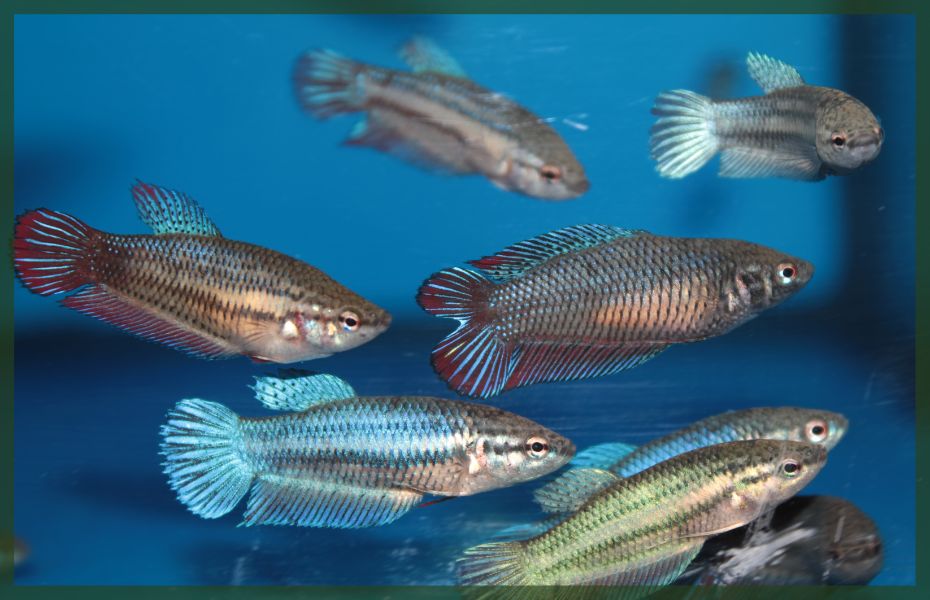
Bettas get along well with different species and may coexist peacefully with other bottom-dwelling fish. Since plakats often spend much of their time in the upper part of the water column, they get along well with other fish in the tank.
Generally speaking, invertebrates are also acceptable as long as they are too big to be regarded as prey. Although hobbyists cannot keep two or more male Plakats together, they are allowed to keep numerous females together as long as they have access to adequate shelter and room to move around and escape. It is also possible to keep a male and several females together.
Breeding
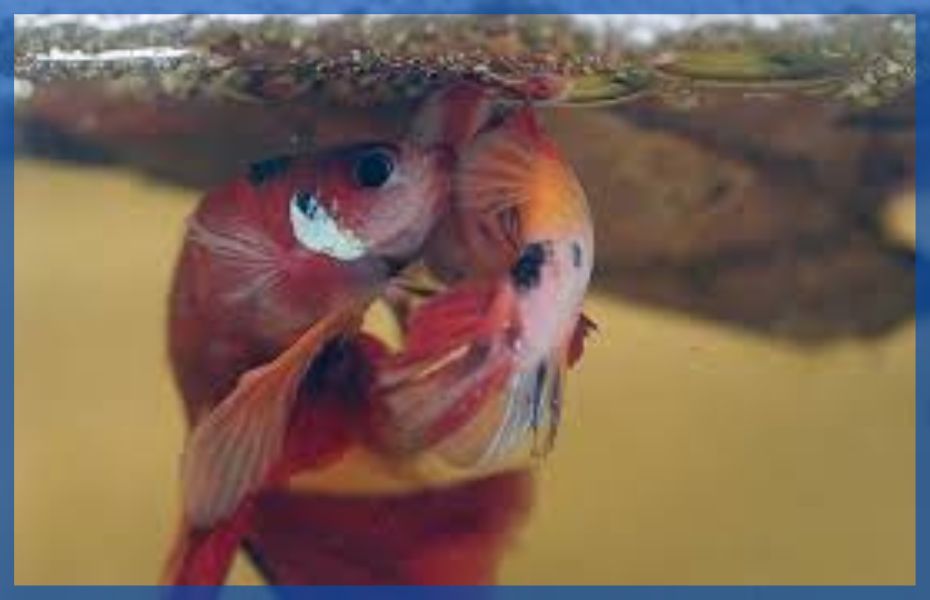
You need to condition your male and female for a few weeks to get started. Feed them high-quality meals 2-4 times each day while keeping them apart. The female will change color during mating, and the male will chase her around. The male will carry the female’s eggs to his bubble nest when the female releases her eggs. After a few days, they’ll hatch.
Choose a pair that is robust and doesn’t exhibit any symptoms of sluggishness or frailty. Most importantly, choose a bonded pair. The eggs belonging to his mate are fiercely guarded by the male Plakat Betta. It is ideal to transfer your breeding pair into a tank where they can successfully finish the mating procedure without being stressed out. You need to condition your male and female for a few weeks to get started. Feed them high-quality meals 2-4 times each day while keeping them apart. Increase the water’s temperature a few degrees (idal water temperatures are of 78–80°F) once the breeding couple has become comfortable in their temporary residence. In contrast to their typical eating schedule, feed your breeding pair protein-rich food more often.
After a few days, the male Plakat should construct a bubble nest on any nearby aquarium plants or close to the water’s surface. After that, the female Plakat should let go of her eggs and let the male lead them inside the bubble nest. Within 72 hours, the eggs ought to hatch. To stop the parent Plakat Bettas from eating their offspring, remove them right away from the breeding tank. When the young Plakats develop into free-swimming fish, feed them infusoria and newborn brine shrimp.
Raising Life-Span of Plakat Betta
The maximum lifespan of a plakat betta is three to five years. Here are some simple maintenance suggestions you may use if you choose to raise a Plakat Betta in your own tank.
Extra Reading :- How to raise life-span of your pet Angel fish
Adding Tannins Is Important!
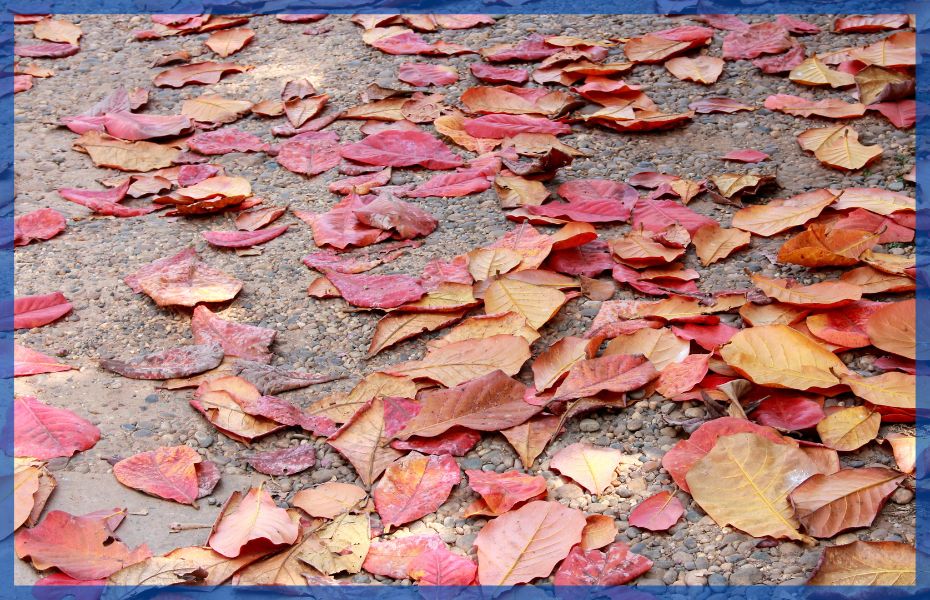
Plakats enjoy optimum health when they dwell in an environment that is rich in tannins, which is a great tip that inexperienced fish keepers may not be aware of when it comes to caring for these fish. Driftwood that has not been treated, guava leaves, and Indian almond leaves all contain tannins. You should be aware that your tank will become darker as you add more tannins to it.
Maintaining the correct temperature
Warm water is ideal for Plakat Bettas. Installing a basic water heater might help with the difficulty of keeping your aquarium at a comfortable temperature. Your Plakat Betta will stay active and be less likely to become sick if you provide it with a warm habitat. Your fish’s appetite will also be stimulated, and it will be easier to make sure it feeds frequently if you use a warm heater in your Plakat Betta tank.
A Stress-Free Betta Means a Healthy, Long-Living Betta
Keep your fish stress-free by providing them with enough space, hiding places, and ideal water conditions. Plakat Bettas are less likely to get sick than their long-finned relatives. They continue to have frequent medical issues like ich and fin rot when kept stressed and under bad water conditions, which shortens their already short lifespan. Despite being created through selective breeding to be tougher and simpler to care for than regular Betta Splendens fish, they are nevertheless susceptible to fungal, bacterial, and parasite diseases because of abrupt changes in water parameters.
Concluion
Plakat betta fish, which have short fins and an athletic body to accommodate that behavior, are among the best fighters of all betta varieties. Plakat Bettas, with their vibrant colors and long, flowing fins, are a wonderful addition to any tropical freshwater fish aquarium. They are interesting to observe and have highly unique personalities, just like other betta fish varieties. The best part is that Plakat Bettas require very little maintenance and care as long as they are kept in clean, warm water and fed a consistent diet full of protein. Hence, such ideal living conditions contribute to their lifespan.
Wanna join the reddit conversation please join here
Please do join the pet fish 101 forum as well. And do not forget to ask any questions if you need any clarifications. Thank you!
